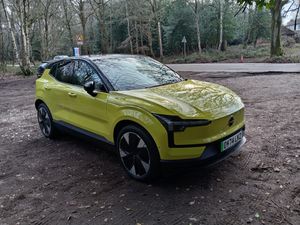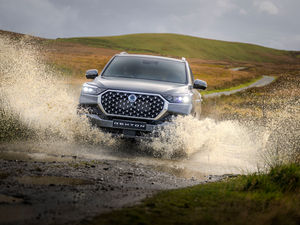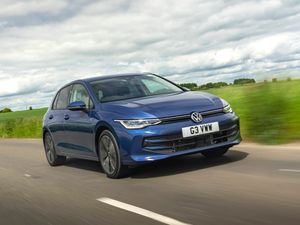First Drive: The Audi R8 GT is the final outing for this legendary supercar
As Audi retires its R8 supercar and its V10 engine, Ted Welford tries out the final iteration.
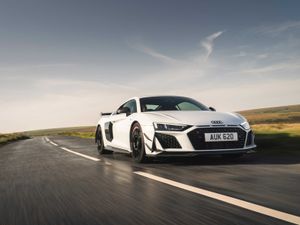
What is it?
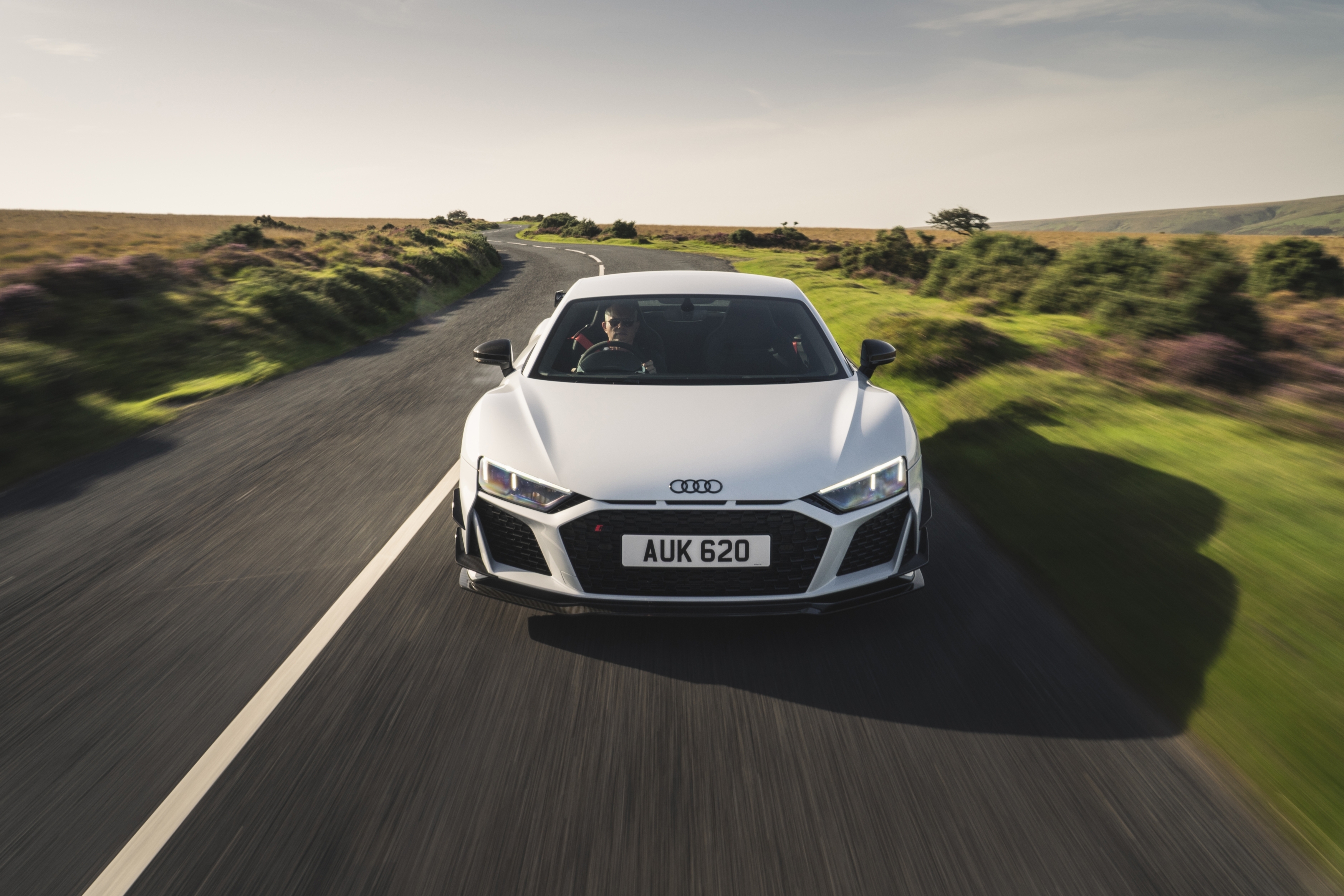
Born out of Audi’s success at the legendary 24 Hours of Le Mans race, the R8 was the road-going supercar that many thought it would never make. With a few rare exceptions, volume car brands just don’t make supercars.
But after purchasing Lamborghini, Audi could leapfrog off its expertise, utilising select parts while putting its own high-quality twist on it. The R8 arrived in 2007, first with a V8 engine and then with a V10 a few years later. It was only the latter that continued for the second generation in 2015, and which has remained on sale for more than a decade.
But as Audi increasingly has to electrify its range and reduce its emissions, the V10 R8’s days are numbered, with its final blessing being this ‘GT’ model here.
What’s new?
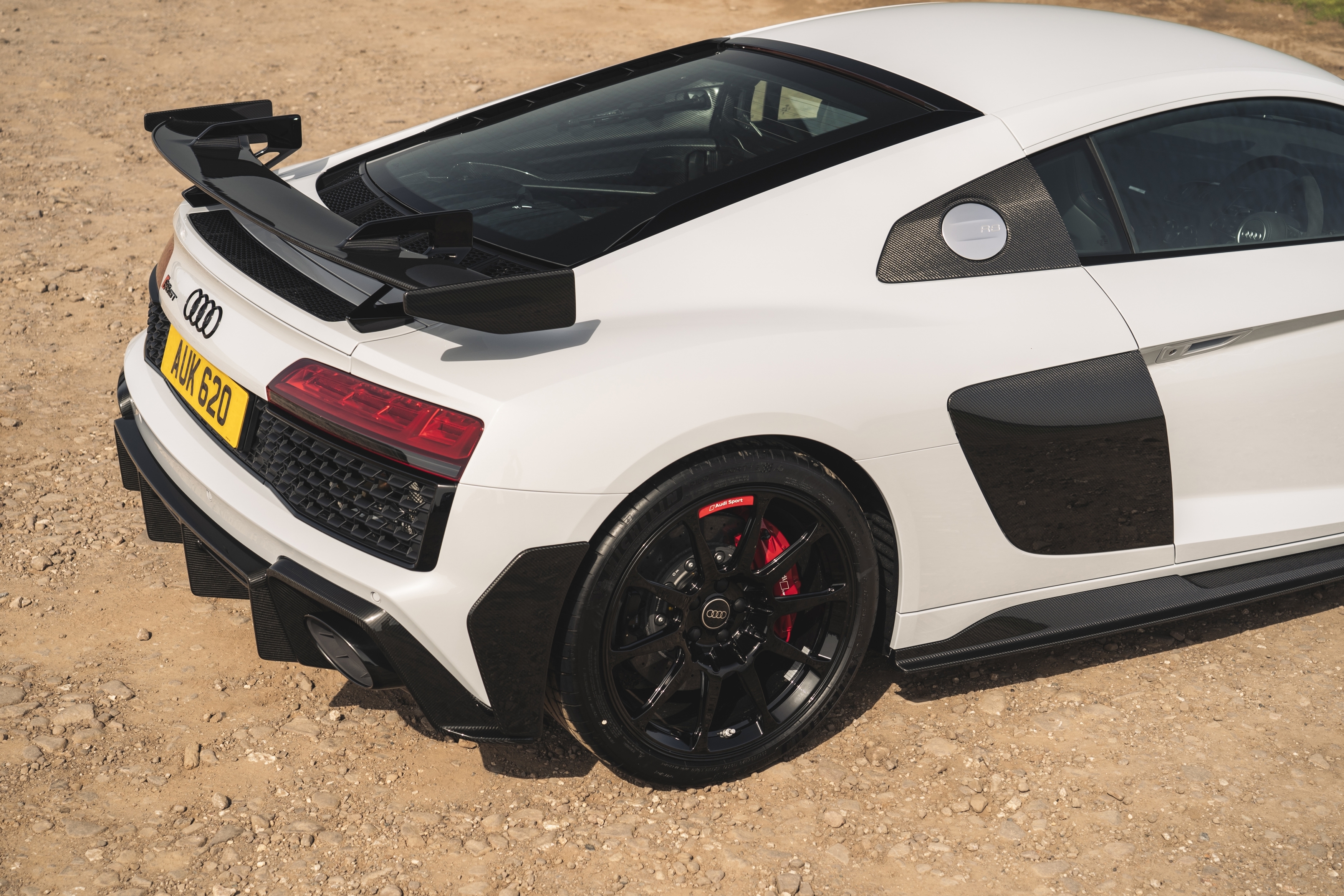
The first generation bowed out with a GT version – a racier, lighter and more powerful version of the supercar. It’s much the same recipe applied this time around, with this R8 being the most focused version yet.
Only available in rear-wheel-drive guise, the power is increased to a mighty 612bhp, while also getting a whole range of styling changes to make it look more aggressive. There’s all manner of carbon fibre used across the design, while a large fixed spoiler is quite different to the R8’s usually more subtle rear. Just 333 R8 GTs are also being made, with only 15 of these being bound for the UK. Not surprisingly, they’re all accounted for.
What’s under the bonnet?
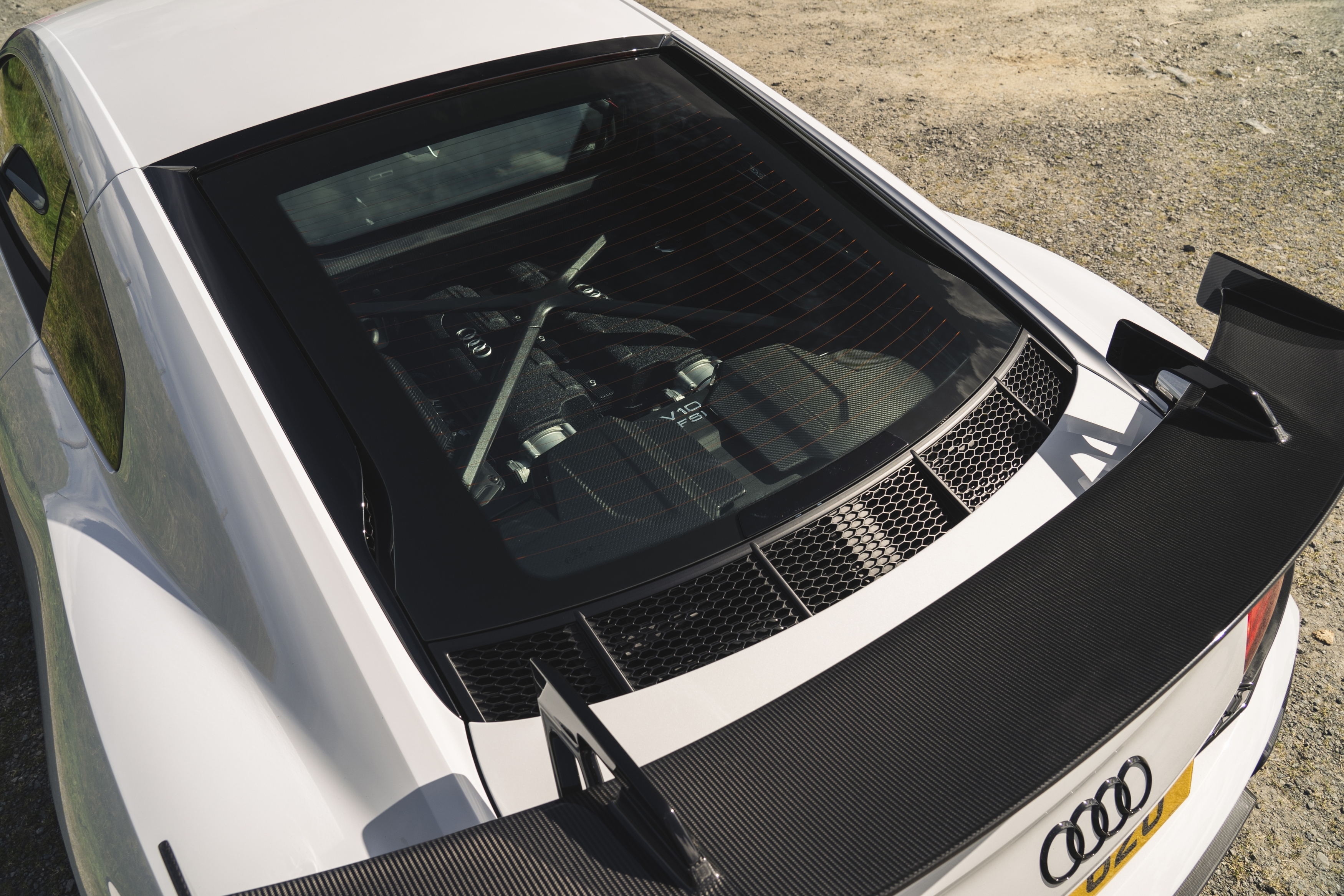
The centrepiece of the R8 has always been its engine. Its mighty 5.2-litre V10 unit is mid-mounted and completely on show. Enclosed in glass and even with its own lights, it invites you to take a look like a Christmas display in a shop window.
There’s no turbocharging here so it’s pure brawn, and on the GT it puts out 612bhp and 565Nm of torque – the most of any rear-wheel-drive R8, and matches that of typical quattro four-wheel-drive models. A new seven-speed S tronic automatic is also adopted, but more on that later.
Accelerating to 60mph takes just 3.2 seconds, with the GT able to accelerate to a top speed of 199mph. Unsurprisingly, it’s ludicrously expensive to run, with Audi claiming just 18.8mpg and 340g/km CO2 emissions.
What’s it like to drive?
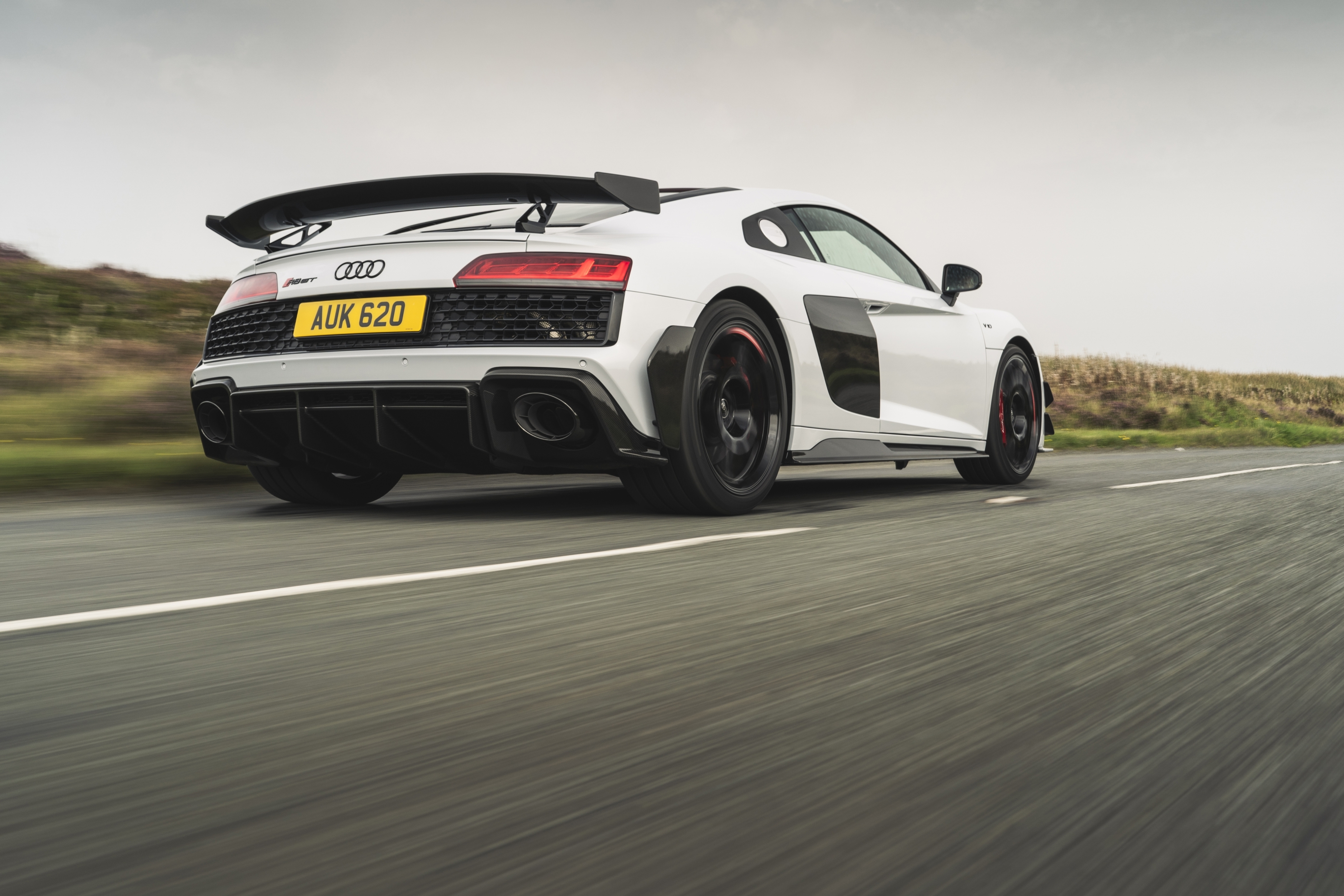
The V10 absolutely dominates the R8 experience, and the rich and mechanical note of this Lamborghini-sourced unit is intoxicating. There’s a sports exhaust too, but it’s the engine that is producing the noise, and unlike many modern sports cars, none of it needs to be artificially pumped into the cabin.
The GT gets a new rapid-shifting gearbox that’s been revised to offer more acceleration in all gears, and the performance, almost regardless of revs, is exceptional. With the GT being rear-wheel-drive only, it does keep you on your toes if you try to put your foot down, though it’s all fairly controllable, even in less-than-ideal conditions during our test week.
This GT also features a new ‘Torque Rear Drive Mode’, which through a button on the steering wheel allows you to control the slippage on the rear axle via the traction control depending on your driving ability and the conditions, essentially allowing drivers of all levels to tap into the R8’s capability.
How does it look?
By supercar standards at least, the regular Audi R8 is fairly subtle. Not so much on the GT, which has been given the styling to go with its more aggressive intent. It gets what Audi calls an ‘Aerokit’ – a range of carbon-fibre elements, including for the front splitter, bumpers and impressive rear wing. It all serves a purpose to improve aerodynamics, too, not just for the visuals.
The more you see the more you notice with the GT, including its carbon sideblades and a range of ducts and vents to help get as much heat away from the V10 as possible. With large 20-inch black alloy wheels shod in track-focused Michelin Cup 2 tyres, this is an Audi R8 that certainly doesn’t go unnoticed out on the road.
What’s it like inside?

The main change on the R8’s interior is its bucket seats, which instantly give the R8 a sportier feel. With bright red seat belts and red stitching across the cabin, it helps to deliver an interior befitting of a supercar. If you like Alcantara, you’re in the right place as it’s used across the interior, from the seats to the steering wheel and even a full headlining. We did find the seats to be quite uncomfortable after several hours behind the wheel, however.
Though the R8 GT sits low to the ground, it’s more livable than other supercars, with a decent amount of space inside the cabin itself and plenty of creature comforts. You’ll have to pack lightly with its tiny 112-litre front boot, though.
What’s the spec like?

Audi didn’t go the whole hog when it came to reducing the R8’s weight, and as a result, you’ve still got plenty of luxuries, including heated seats and even a Bang & Olufsen sound system. All the Alcantara and carbon-fibre elements don’t come cheap, either, and neither do the standard-fit carbon ceramic brakes, which offer exceptional stopping power and don’t feel anywhere near as grabby or harsh as brakes of this type often can.
Despite all these elements, there are bits of the R8 that are starting to feel a bit old – there’s no central touchscreen but instead a large digital instrument cluster that controls all media functions. The graphics remain exceptional, but it’s not the easiest to use and we had several issues trying to connect our phone – a fairly basic requirement these days, even in a supercar.
There’s a slight issue with the R8 GT, and that’s the price – not that it’s stopped Audi from selling this special edition out. At almost £200,000, it’s into Ferrari and Lamborghini territory, and almost £65,000 more than a standard rear-wheel-drive R8.
Verdict
The R8 has been a remarkable achievement for Audi, and given it’s already earned itself ‘future classic’ status, this supercar is already going down as one of this German firm’s giants. The GT is every bit the ultimate iteration of this supercar – more raw, aggressive and visually exciting than anything it has done before, while still retaining that everyday usability.
The V10 engine is an utter masterpiece, and even though Audi will have plenty up its sleeve, the sheer enjoyment that the V10 brings is unlikely to ever be repeated in the future. There are elements where the R8 is showing its age, and in that sense, it probably is time for the supercar to retire while still on a high. But it can bow out in style, and with the accompaniment of that magical V10 on full chat as the curtains close.


